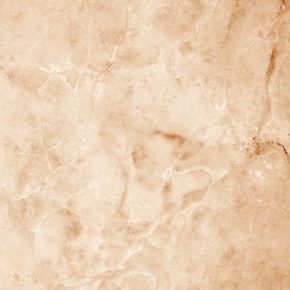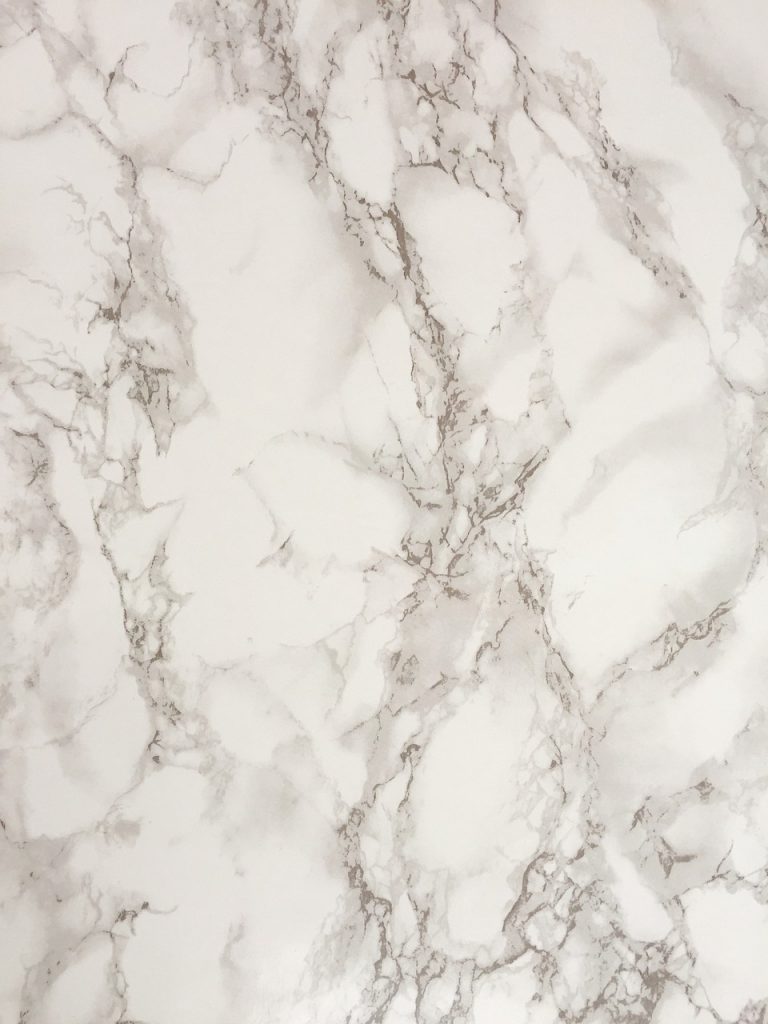
From Granite to Marble: Tailored Cleaning Strategies for Different Types of Stones
Different stones are as unique as fingerprints, each requiring their own specific cleaning strategy. You’ve probably found that generic cleaning methods don’t always cut it when it comes to maintaining the pristine condition of your stone surfaces.
Whether it’s the tough granite in your kitchen or the delicate marble in your living room, knowing how to properly care for these different stone types can make all the difference.
But where do you start? Read on for more specialised stone cleaning strategies…
Understanding Stone Porosity
Have you ever wondered why some stones absorb liquid more than others? It’s all about a characteristic called porosity.
Porosity refers to the measure of void spaces in a material. In stones, these spaces are like tiny pockets that can absorb or repel liquids. Think of it like a sponge. If a sponge is highly porous, it’ll soak up more liquid and quickly.
Not all stones are created equal. Some are more porous than others. Being aware of this can help you choose the right cleaning strategy for your stone surfaces.
Cleaning Strategies for Granite
Cleaning is essential, whether it is for a commercial property for sale or a private property for sale, to ensure a favourable impression on potential buyers.
When it comes to cleaning granite, it’s crucial to remember that its low porosity requires a different approach than other types of stone.
This hardy material doesn’t easily absorb liquids, which is good news for stain prevention. However, it also means that the cleaning products you use must be carefully selected to avoid damage.
First and foremost, always avoid acidic or abrasive cleaners. These can etch the surface and compromise the shine of your granite. Opt instead for pH-neutral cleaners designed specifically for granite or mild dish soap diluted in warm water.
Here are simple steps you can follow:
1) Due to its low porosity, granite doesn’t absorb spills quickly, but you should still act fast to prevent potential staining.
2) To avoid scratches, always use a soft cloth or sponge when cleaning.
3) Water spots can dull the glossy finish of your granite. Always dry the surface thoroughly after cleaning.
In essence, caring for granite requires a gentle touch and the right products. Following these tips will ensure your granite surfaces continue to shine for years to come.
Marble Maintenance Tips
Unlike granite, marble is a softer and more porous stone, which means it’s more susceptible to stains and scratches.
One of the most important tips for maintaining marble is to clean up spills immediately. Don’t let acidic substances like lemon juice, vinegar, or wine sit on the surface, as they can etch the marble.
Use a soft, damp cloth to wipe up spills and a mild, non-abrasive cleaner for more stubborn stains. Avoid using abrasive cleaners or pads that can scratch the surface. Instead, opt for a soft cloth or sponge.

Regularly dust and wipe down your marble surfaces to prevent dust and dirt from building up.
Sealing your marble is also crucial. This process involves applying a protective layer on the marble surface to guard against stains. It’s recommended that you seal your marble every six months to a year, depending on usage.
Lastly, consider having your marble surfaces professionally polished periodically. This helps maintain their shine and keeps them looking their best.
Limestone Cleaning Techniques
Just like marble, limestone also demands a unique set of cleaning techniques to preserve its natural charm. As a softer stone, it’s susceptible to scratches and staining, which means you’ll need to be particular about the products and tools you use.
Here are a few guidelines on how to clean limestone:
– Avoid acidic cleaners: Vinegar or lemon juice may be your go-to for other surfaces, but they can etch limestone. Stick to pH-neutral cleaners to avoid damaging your stone.
– Use soft tools: Scrubbing brushes or rough cloths can scratch limestone. Instead, a soft, damp cloth is your best bet for routine cleaning.
– Seal regularly: Limestone is porous, so sealing it can help prevent stains and damage.
Caring for Sandstone Surfaces
Sandstone, known for its porous nature, can be a magnet for dirt and stains. Therefore, regular maintenance is key to keeping its natural beauty intact.
Firstly, you’ll need to dust the surface frequently. This prevents accumulation of dirt that could embed into the stone’s pores. Use a soft, dry cloth or a feather duster for this task. Avoid using harsh, abrasive tools as they may scratch the surface.
When cleaning, it’s best to use a mild, pH-neutral soap diluted in warm water. Harsh cleaning agents can discolor the stone or deteriorate its natural texture.
Simply rinse the surface with the soapy water, then wipe dry with a soft towel. Always ensure the surface is completely dry to avoid water infiltration into the stone, which can cause damage over time.
In case of stubborn stains, a poultice may be required. This is a paste made from a white absorbent material and a cleaning agent.
Apply it to the stain, let it dry, then rinse it off. Remember, sandstone is delicate; always test cleaning methods on a small, inconspicuous area first.
Slate: Effective Cleaning Techniques
Slate, being a sturdy and less porous stone, can withstand more rigorous cleaning techniques without losing its natural charm. Because of slate’s unique properties, you can employ stronger cleaning agents and more robust scrubbing movements without the fear of damaging its surface.
However, even though slate is tough, it doesn’t mean you should overlook a strategic cleaning approach. Here are some effective techniques you can adopt:
– Regularly wipe your slate surfaces with a soft, dry cloth to remove dust and prevent build-up. This simple act can go a long way in maintaining the stone’s appearance.
– For stubborn stains, make a paste using a non-abrasive cleaner and water. Apply this paste to the stain, let it sit for 10-15 minutes, then gently scrub and rinse.
– To protect your slate, consider sealing it periodically. This adds an extra layer of protection against spills and stains, keeping your slate looking its best.
Tricky Stains on Travertine: Solutions
Travertine, a type of limestone, is porous and susceptible to staining. Here are some tips to tackle those tricky stains:
Using a poultice
Create a paste from a mixture of baking soda and water. Apply this poultice to the stain, cover it with plastic wrap, and let it sit overnight. Rinse and wipe clean the next day.
Lemon and salt
For lighter stains, a mixture of lemon juice and salt can work wonders. But remember to avoid letting the solution sit for too long as the acid can etch the stone.
Commercial cleaners
If home remedies aren’t cutting it, consider a cleaner specifically designed for travertine. Always follow the manufacturer’s instructions to avoid damaging your stone.
Conclusion
Remember that each type of stone has unique characteristics and requires specific maintenance strategies.
Keep your surfaces looking their best by using the right cleaning methods. Don’t let tricky stains get the best of you; there’s always a solution. With a little knowledge and effort, you can keep your stone surfaces shining for years to come.
Latest news

28th February 2025
Passivent ventilation solutions are top of the class
Passivent has supplied a combination of Hybrid Plus2 Aircool ventilators and Hybrid Plus Airstract roof ventilation terminals for a new London primary school.
Posted in Air Conditioning, Articles, Building Industry News, Building Products & Structures, Building Services, Case Studies, Ceilings, Facility Management & Building Services, Heating, Ventilation and Air Conditioning - HVAC, Restoration & Refurbishment, Retrofit & Renovation, Roofs, Sustainability & Energy Efficiency, Ventilation, Walls
28th February 2025
Troldtekt: New acoustic liner ensures good acoustics and easy handling
Both a building’s users and its developers have a good reason to get excited about the new Troldtekt Plus 25 panels. This specially developed acoustic panel sets a high standard for both sound absorption and building efficiency.
Posted in Acoustics, Noise & Vibration Control, Articles, Building Industry News, Building Products & Structures, Building Services, Building Systems, Ceilings, Facility Management & Building Services, Floors, Innovations & New Products, Insulation, Interior Design & Construction, Interiors, Restoration & Refurbishment, Retrofit & Renovation, Timber Buildings and Timber Products, Walls
28th February 2025
InstallerSHOW 2025 – Registration is now OPEN!
Building on the success of last year, InstallerSHOW is returning to the NEC from the 24th to the 26th of June…
Posted in Articles, Building Industry Events, Building Industry News, Building Products & Structures, Building Services, Exhibitions and Conferences, Health & Safety, Retrofit & Renovation, Seminars, Sustainability & Energy Efficiency
28th February 2025
ABLOY securing Helsinki’s heritage and Croatia’s waste management
ABLOY, part of ASSA ABLOY Group, has redefined its brand, focusing on the value it brings to customers around the world…
Posted in Access Control & Door Entry Systems, Architectural Ironmongery, Articles, Building Industry News, Building Products & Structures, Building Services, Case Studies, Doors, Facility Management & Building Services, Health & Safety, Retrofit & Renovation, Security and Fire Protection
 Sign up:
Sign up: